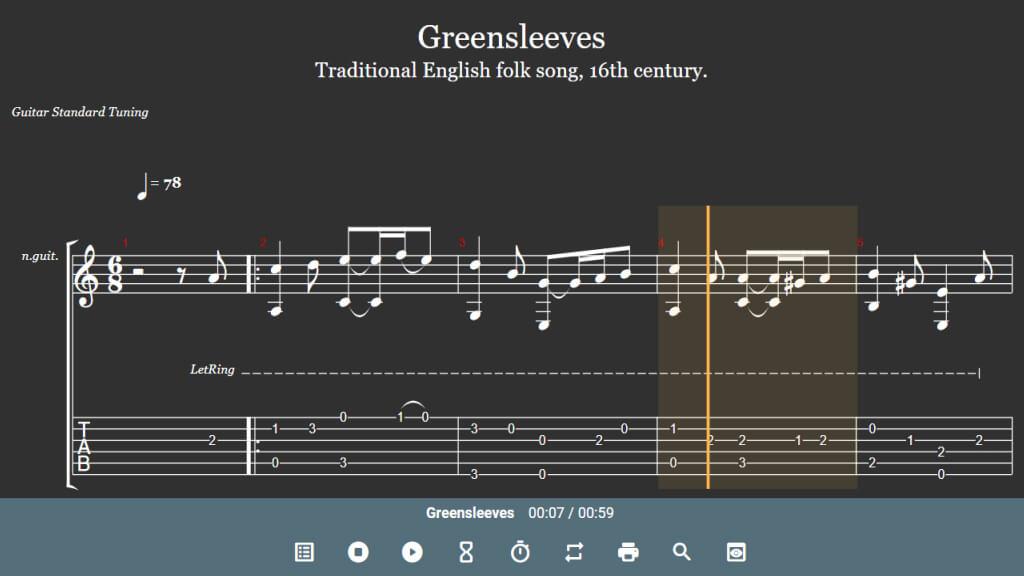Formula and Intervals of the Bb Octatonic H-W Scale
Degree formula: 1 — b2 — #2 — 3 — #4 — 5 — 6 — b7. Interval pattern between adjacent degrees: 1 — 2 — 1 — 2 — 1 — 2 — 1 — 2. The scale includes the following notes:
- Bb — tonic, the main anchor of the mode.
- B — spicy minor touch, characteristic of the Phrygian sound.
- Db — bright upper color between 2 and 3, emphasizes motion.
- D — major third, clear support above the tonic.
- E — Lydian color, keep above 3 for clarity.
- F — perfect fifth, stabilizing anchor of the mode.
- G — warm upper shade, pairs well with 9.
- Ab — dominant pull toward tonic, typical of Mixolydian.
Together these degrees form the core of the Bb Octatonic H-W mode and define its musical character.
Chords within the Bb Octatonic H-W Scale
Below are the basic diatonic chords that naturally occur on each degree. Use them as a palette for your progressions, keep the bass stable, and highlight color tones in the upper voice.
- Bbdim — 1
- Bdim — b2
- Dbdim — #2
- Ddim — 3
- Edim — #4
- Fdim — 5
- Gdim — 6
- Abdim — b7
This set forms a solid modal framework: combine triads and seventh chords, add 9/11/13 for color, and separate 3rds from 11ths for cleaner harmony.
Alternative Names of the Bb Octatonic H-W Scale
This mode may appear under other names:
- Bb Dominant Diminished
- Bb Half-Whole
All variations point to the same modal structure.
How to Use the Bb Octatonic H-W Scale
Symmetry for dominants: source for altered tensions and sequences. Alternate half and whole steps, keep key tones on top.
Conclusion
Bb Octatonic H-W is a recognizable mode with clear logic of use. Study the formula and intervals, keep color tones in the top voice, build diatonic chords, and try integrating the mode into your own progressions — this way you’ll develop a confident and expressive sound faster.




![[Spider-Man] Hero — Nickelback (Fingerstyle Guitar + Vocal Cover)](https://dmitrypimonov.com/api/files/2f5fdfaf-b3e3-4697-8990-512932d05088/content/1920/1080/medium.jpg)








